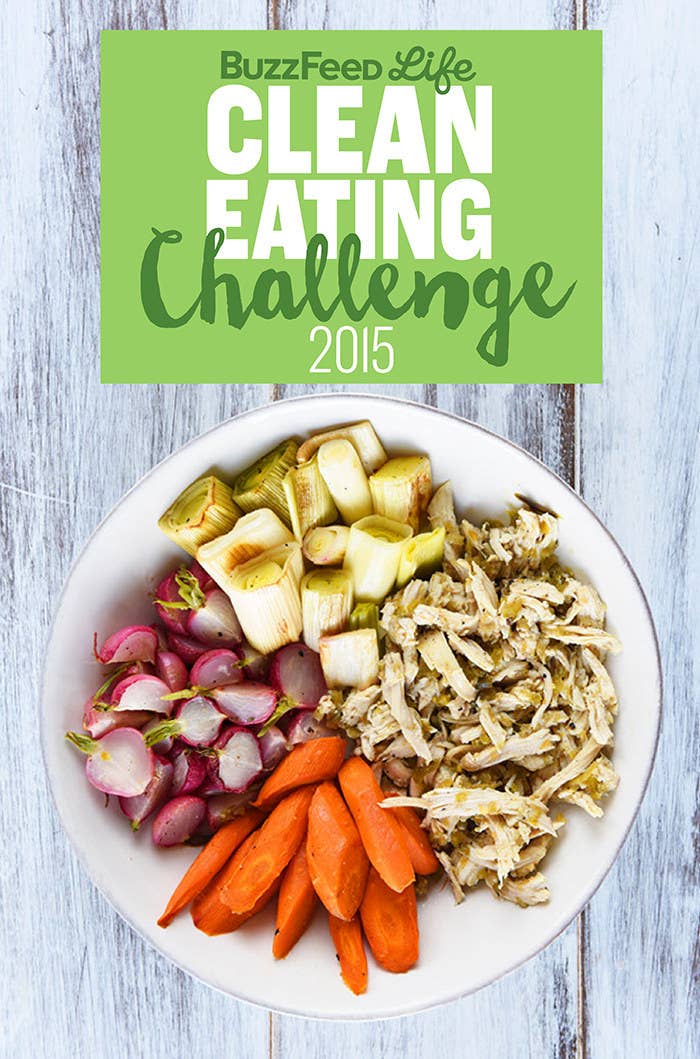
The #BuzzFeedCleanEating Challenge is a two-week meal plan that focuses on cooking and eating real food in order to feel great. It’s a lot like last year’s challenge, but with all new recipes!
Everybody wants to look and feel their best for summertime, which is why so many people took BuzzFeed Food's Clean Eating Challenge last year. So with the help of nutritionist Dana James, MS, CNS, CDN, of Food Coach NYC, we put together another challenge for 2015. This year's challenge follows the same nutrition guidelines — low-carb, gluten-free, nonprocessed food, lots and lots of fresh produce — with all-new recipes and easy-to-follow instructions. Most important, it's all about eating super-healthy food that leaves you feeling happy and energized.
You'll eat three meals and two snacks every day. The in-depth instructions will guide you through everything from grocery shopping to cooking to exactly when and how to store leftovers. And don't worry: There's plenty of variety, so you won't get bored.
You'll learn to cook and eat healthy food. More important, you'll feel awesome.
13 Things You Need To Know About BuzzFeed Life's Clean Eating Challenge Before You Start:
1) Every meal and snack is homemade; if you don't know how to cook this challenge will teach you how. If you follow the scheduled prep, the making of meals is easy — and there are step-by-step photos for each day. The plan is low-carb and gluten-free with an emphasis on lean protein and fresh produce. There's no processed food allowed.
2) Each recipe is calculated for one person, as is the grocery list. Every day, you'll eat three meals and two snacks (one snack after lunch, one after dinner) for a daily total of 1,300–1,600 calories.
3) It's important that you follow the meal plan in order since most of the recipes call for leftover ingredients from previous days.
4) You can start the challenge on any Saturday. Day One of the challenge is actually Sunday, but there is some prep (like grocery shopping) to do Saturday.
5) There are two really helpful weekly calendars that you can print or bookmark online. It will help by giving you an overview of all your meals, prep work for the next day, and what uses leftovers. Print the Week 1 calendar here and the Week 2 calendar here.
6) All of the weekday lunches and snacks are portable so you can take them to work, to class, or wherever you need to go. There are instructions with each of the lunches and snacks on how to pack them to go. If you're packing lunches to go and eating at work, you might want to keep salt, pepper, and a paring knife at the office just in case, but our schedule has you prep everything at home beforehand.
7) You'll go grocery shopping twice: once on Saturday, the day before you start Week One of the challenge, and again the following Saturday before Week Two begins. The grocery lists are a separate PDF file that you can print here.
We calculated (using peapod.com) that the total cost of groceries for two weeks will be about $350, about $25 per day, $7 per meal and $2 per snack. This cost will vary based on where you shop and if you prioritize things like organic vegetables and cage-free eggs. The second shopping trip is lighter than the first since you'll already have all the pantry stuff you need. We tried to be as cost conscious as possible by not calling for many varieties of the more costly ingredients like herbs and nuts while still keeping things delicious — but you can still easily cut costs by skipping herbs, buying frozen proteins, etc. Our grocery list also provides substitutions for some of the costly ingredients — like instead of buying dried figs you can buy raisins.
8) You'll freeze some of your meat and fish since you're buying everything at the beginning of the week, which means we'll tell you exactly when to thaw the proteins, so make sure you stay on top of that! Nothing's worse than getting excited about salmon for dinner and coming home to a block of frozen fish. If you don't want to freeze your proteins, you can buy them the day you're scheduled to use them and put them right in the fridge if you have time for additional trips to the grocery store — that's up to you.
9) Protein amounts are different for men and women. Every serving of protein is 4 ounces for women and 8 ounces for men, and servings of nuts are also doubled for men. This is noted in every relevant recipe, so you'll get a heads-up every time. But all the calorie counts and nutrition breakdowns are calculated based on women's serving sizes.
10) You need to drink about six glasses of water per day. The specific amount is 60 ounces (7½ cups) of water per day, but there's no need to obsessively measure; just know that most water glasses hold about 10 ounces, so six of those will get you to your goal.
11) Salt amounts matter and they are specified in the recipes. Be sure to follow them to get the full results of the detox!
12) Aim to eat every three to four hours, and try not to eat within two hours of bedtime.
13) No coffee and no booze. Yes, you read that right. If you can't go two weeks without caffeine, you can drink up to 24 ounces (3 cups) of green tea per day. Alcohol is not allowed on the challenge. But we understand that even if we say that, some of you will cheat. So if you decide to break this rule, limit yourself to two glasses of wine, maximum, over the course of the two weeks.
THE MENU:
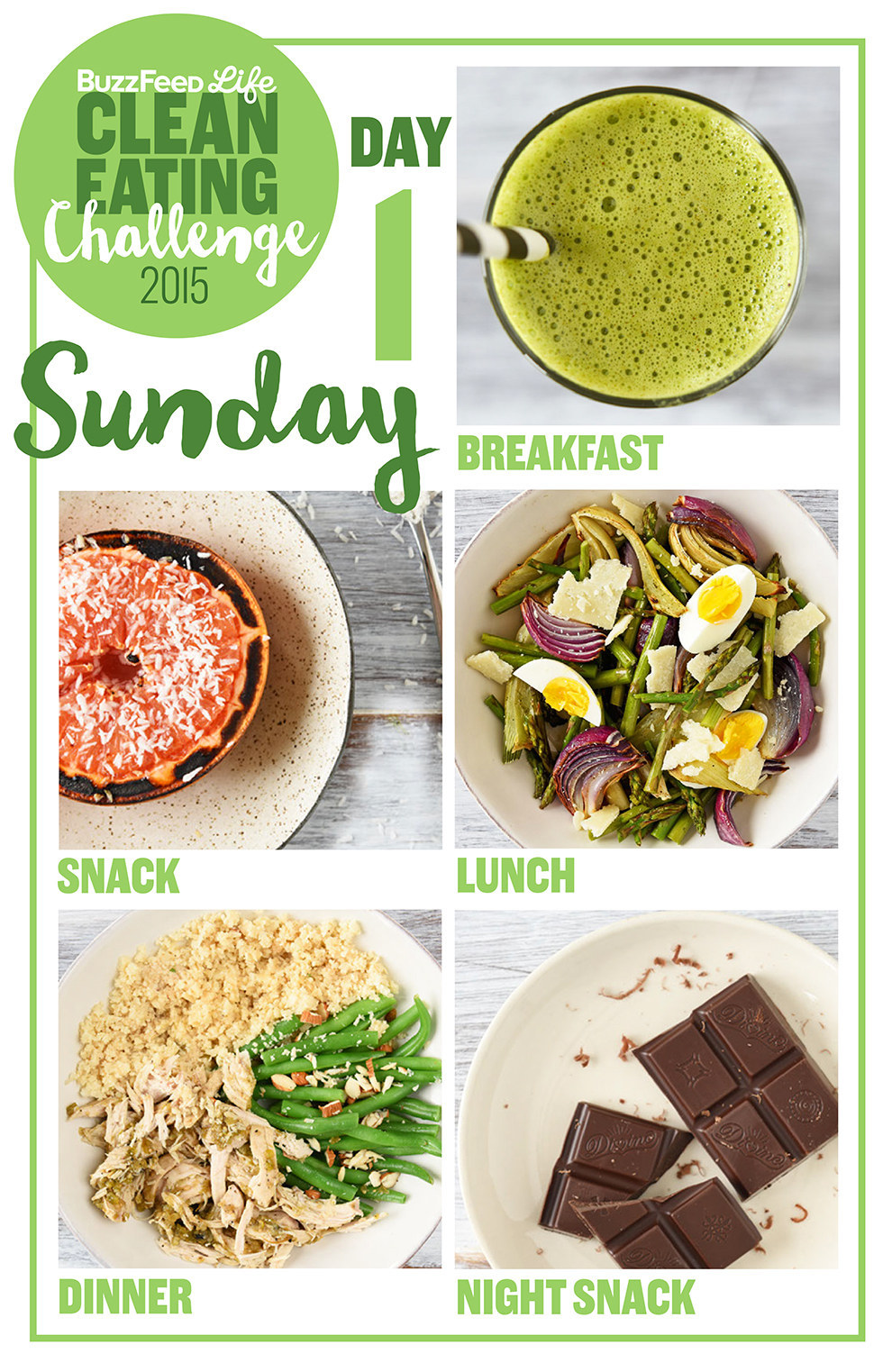
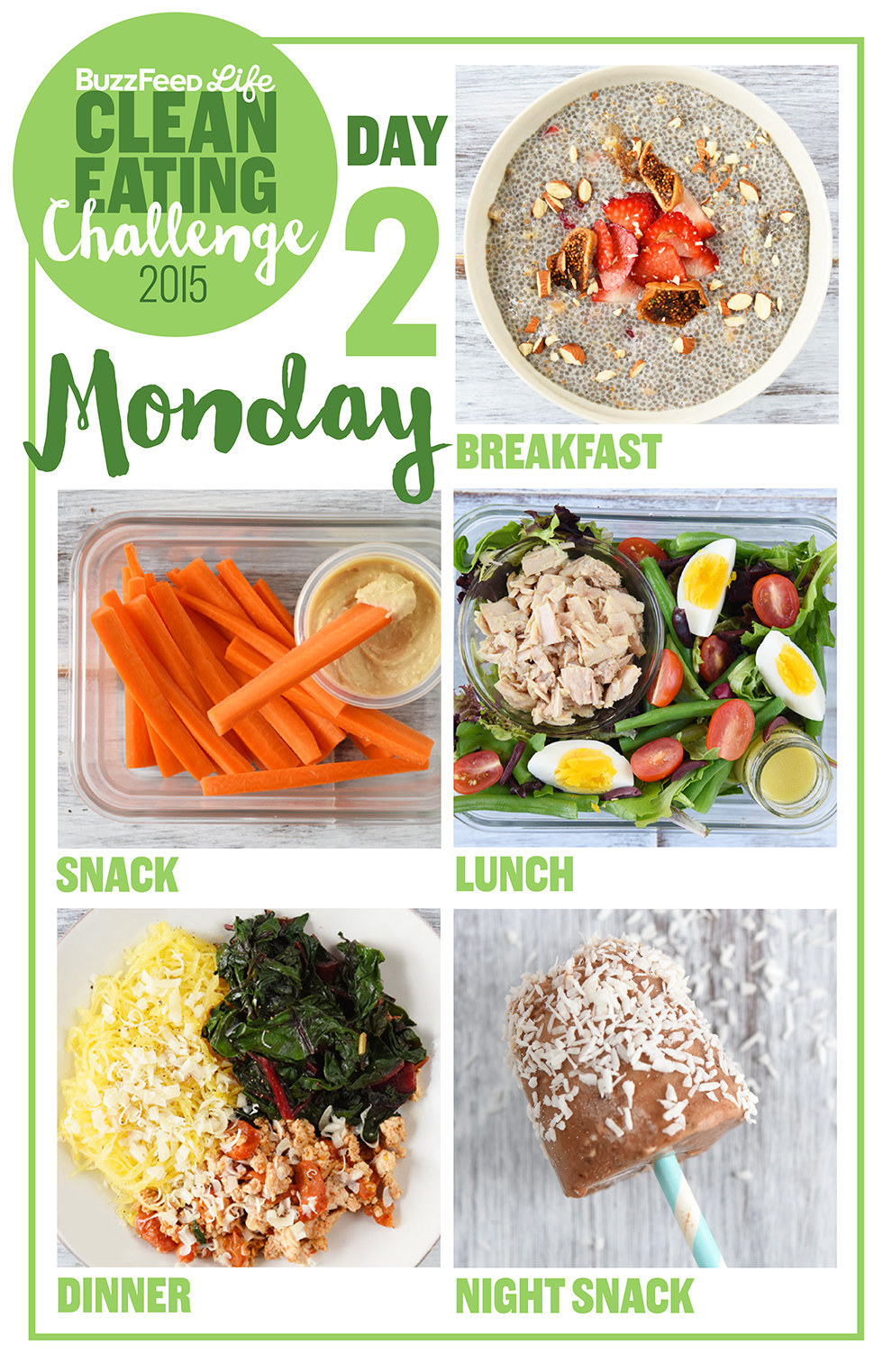
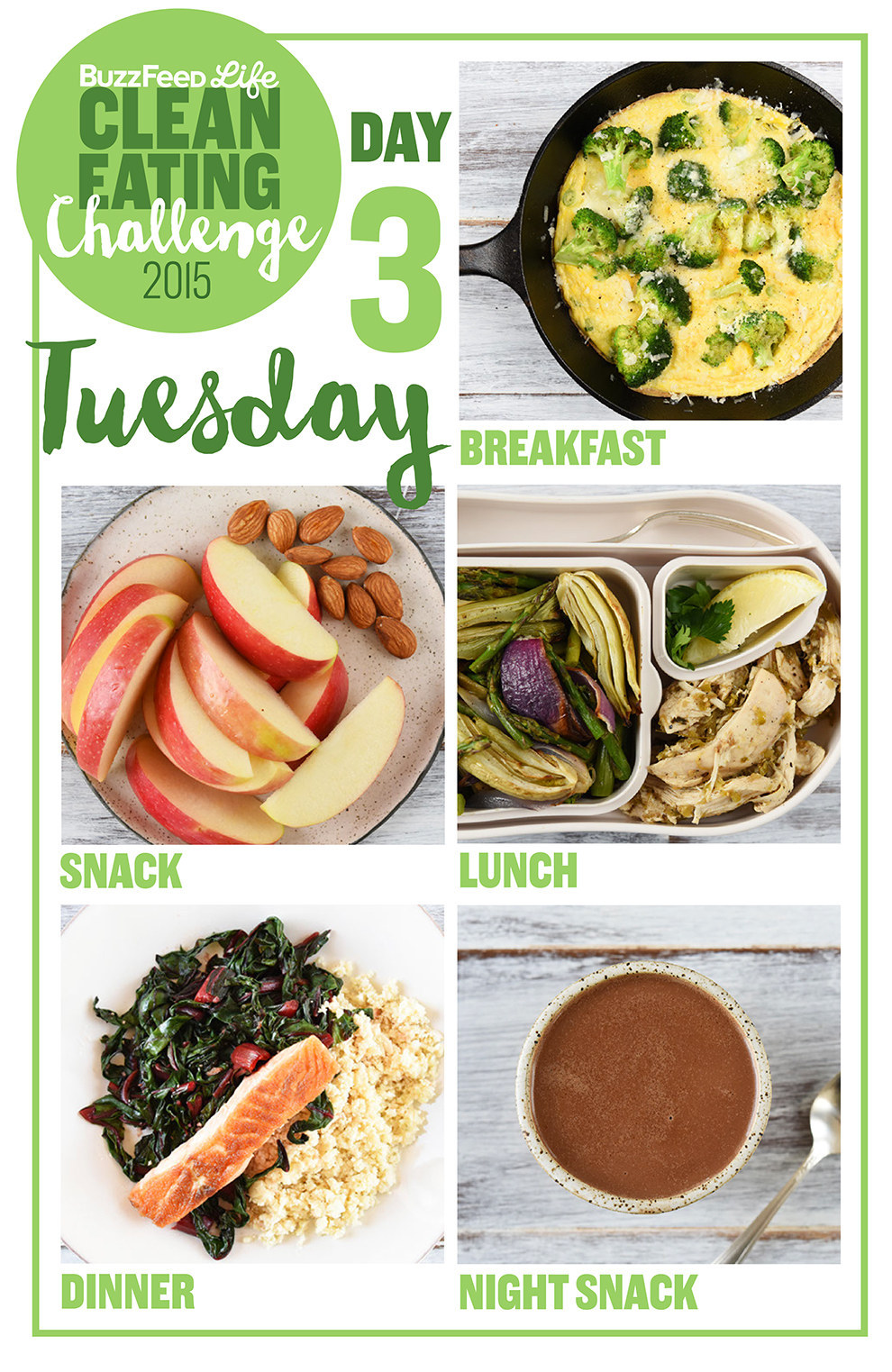
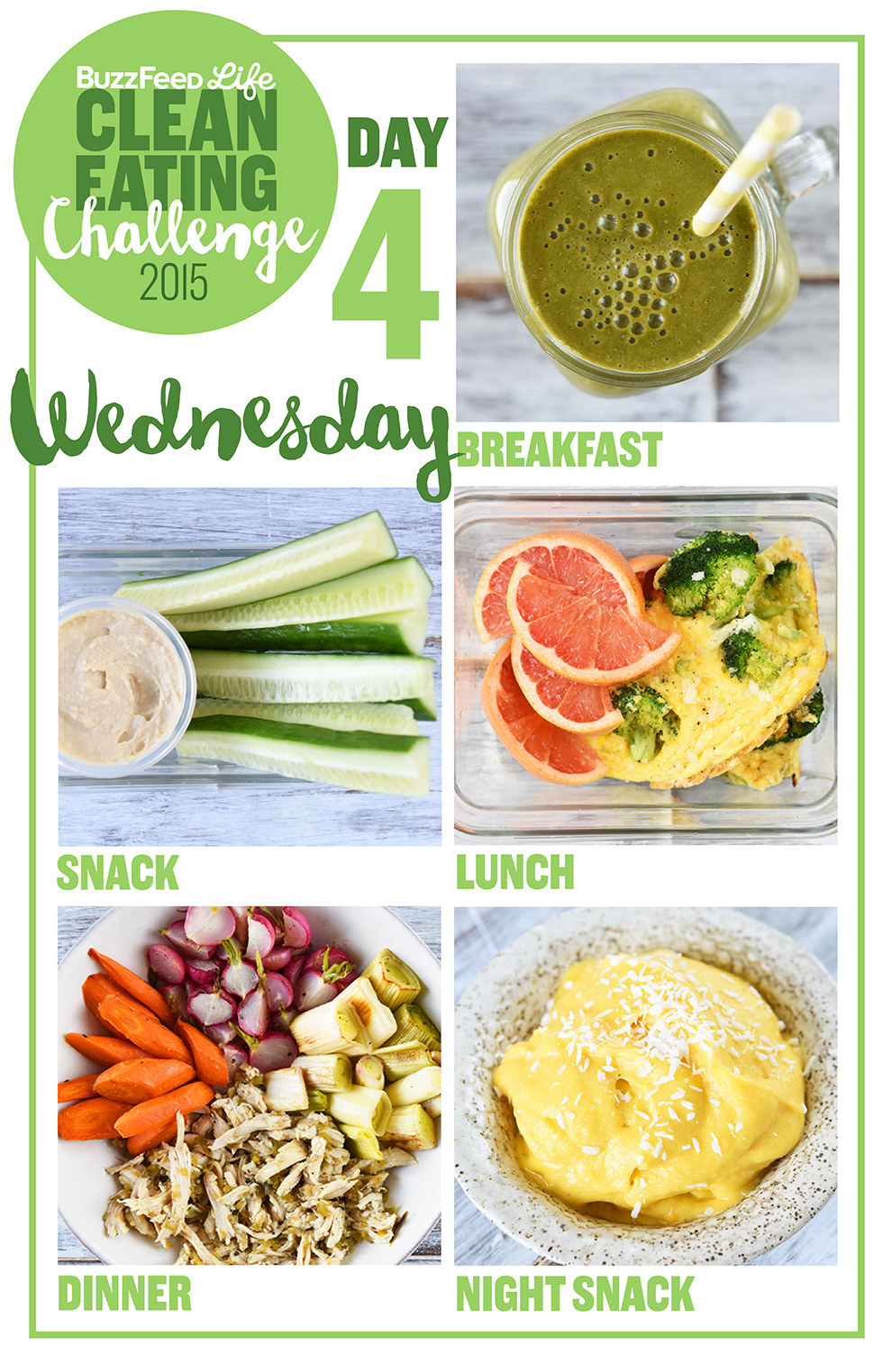
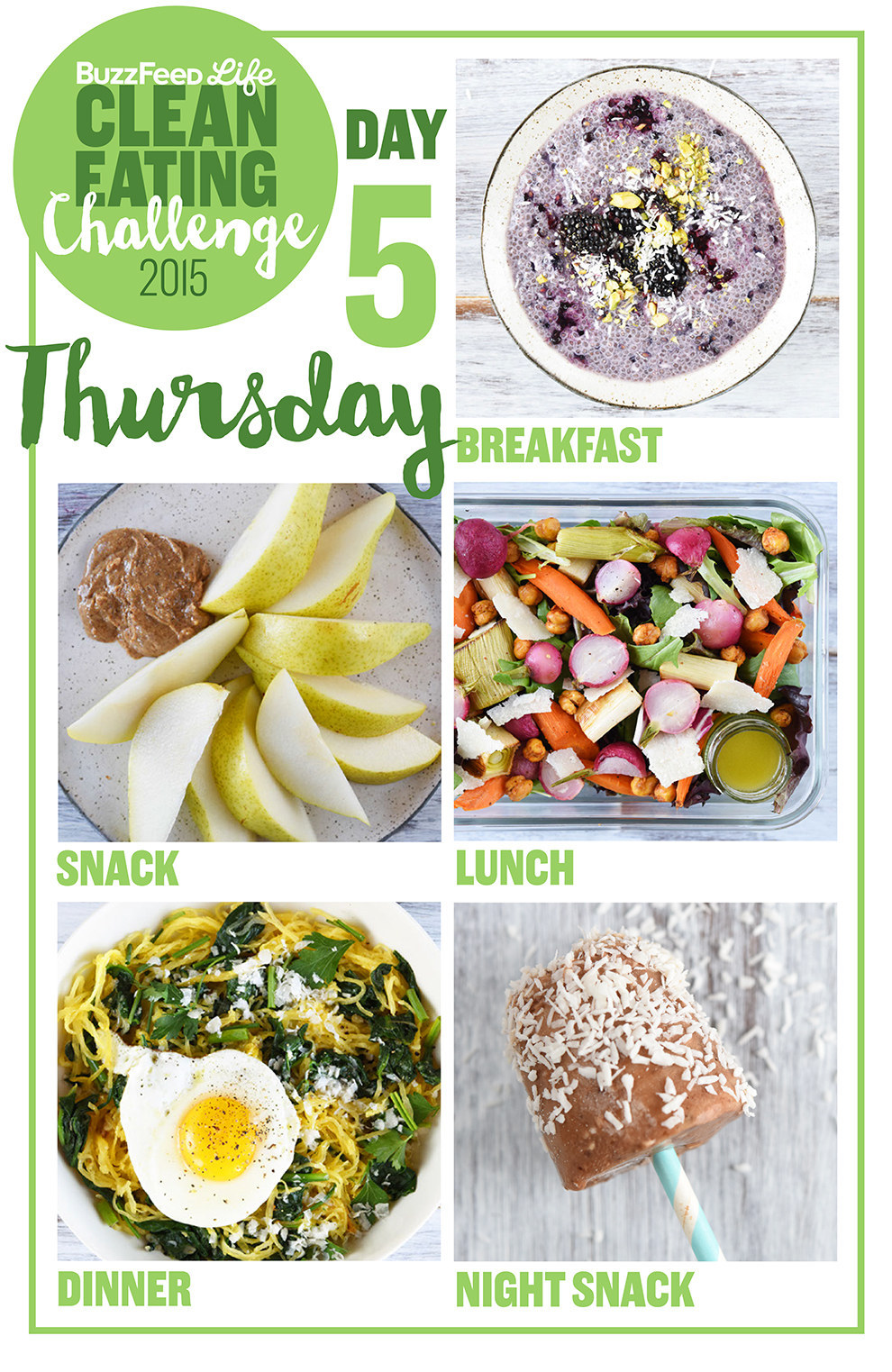
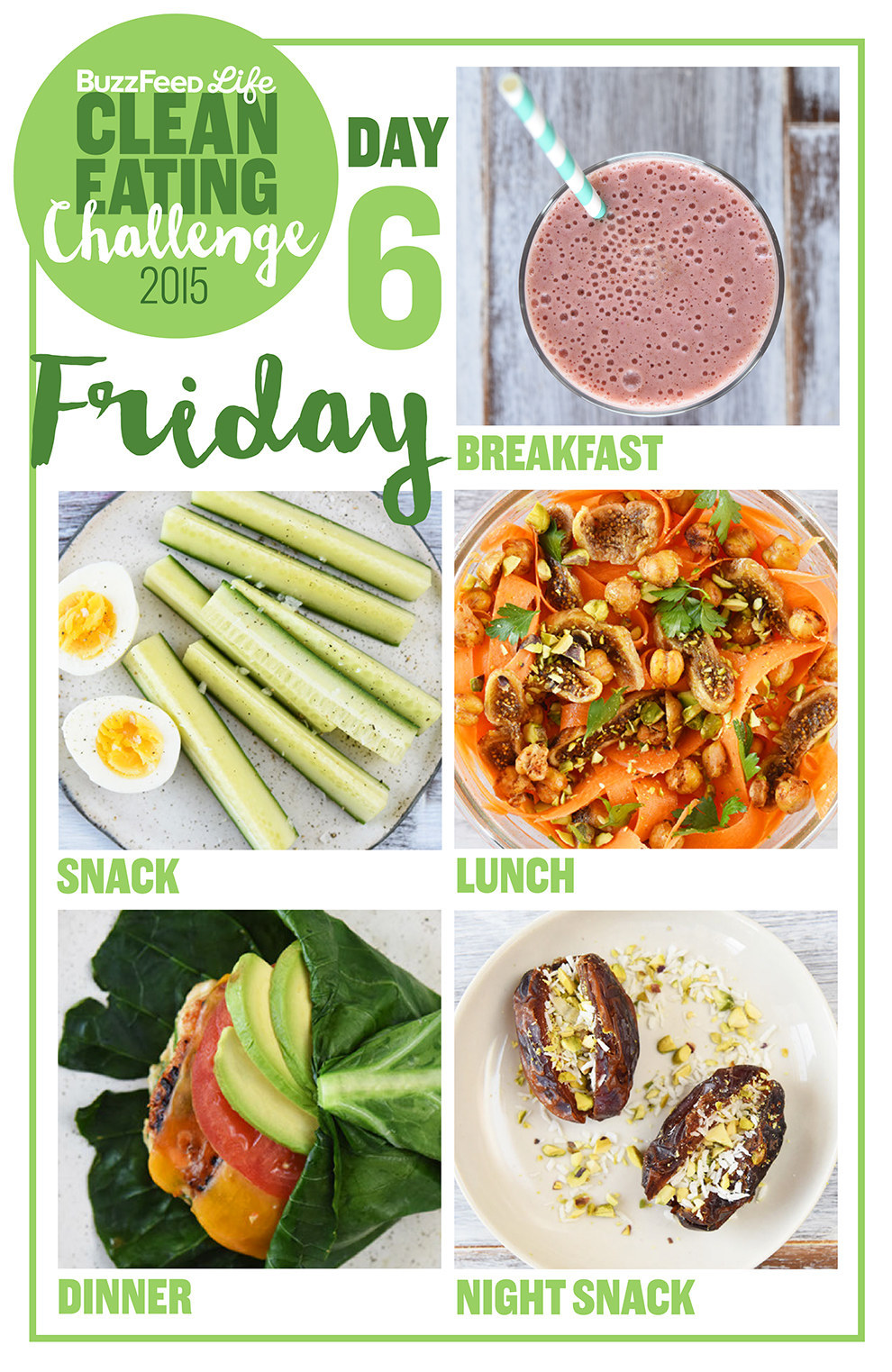
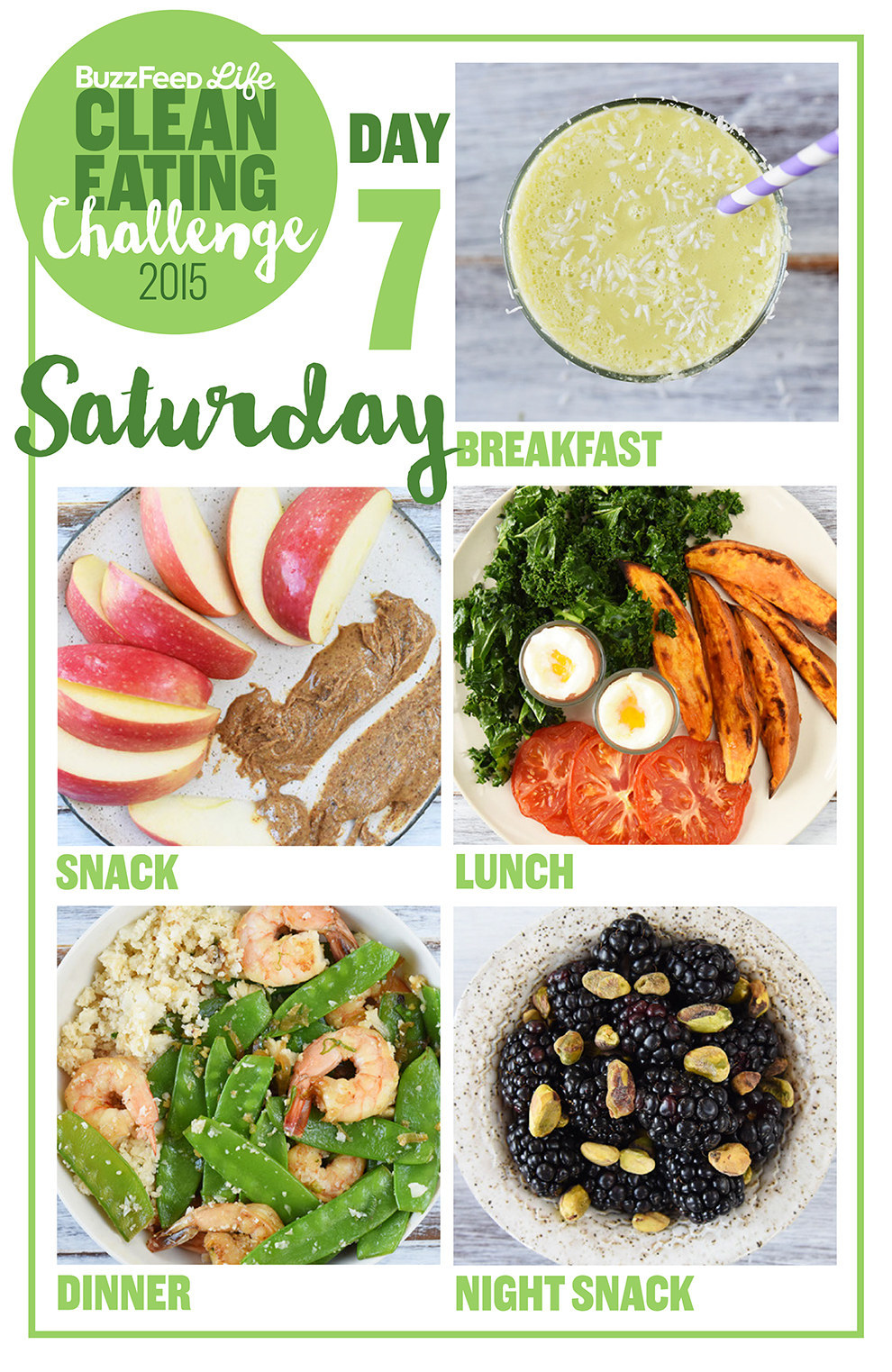
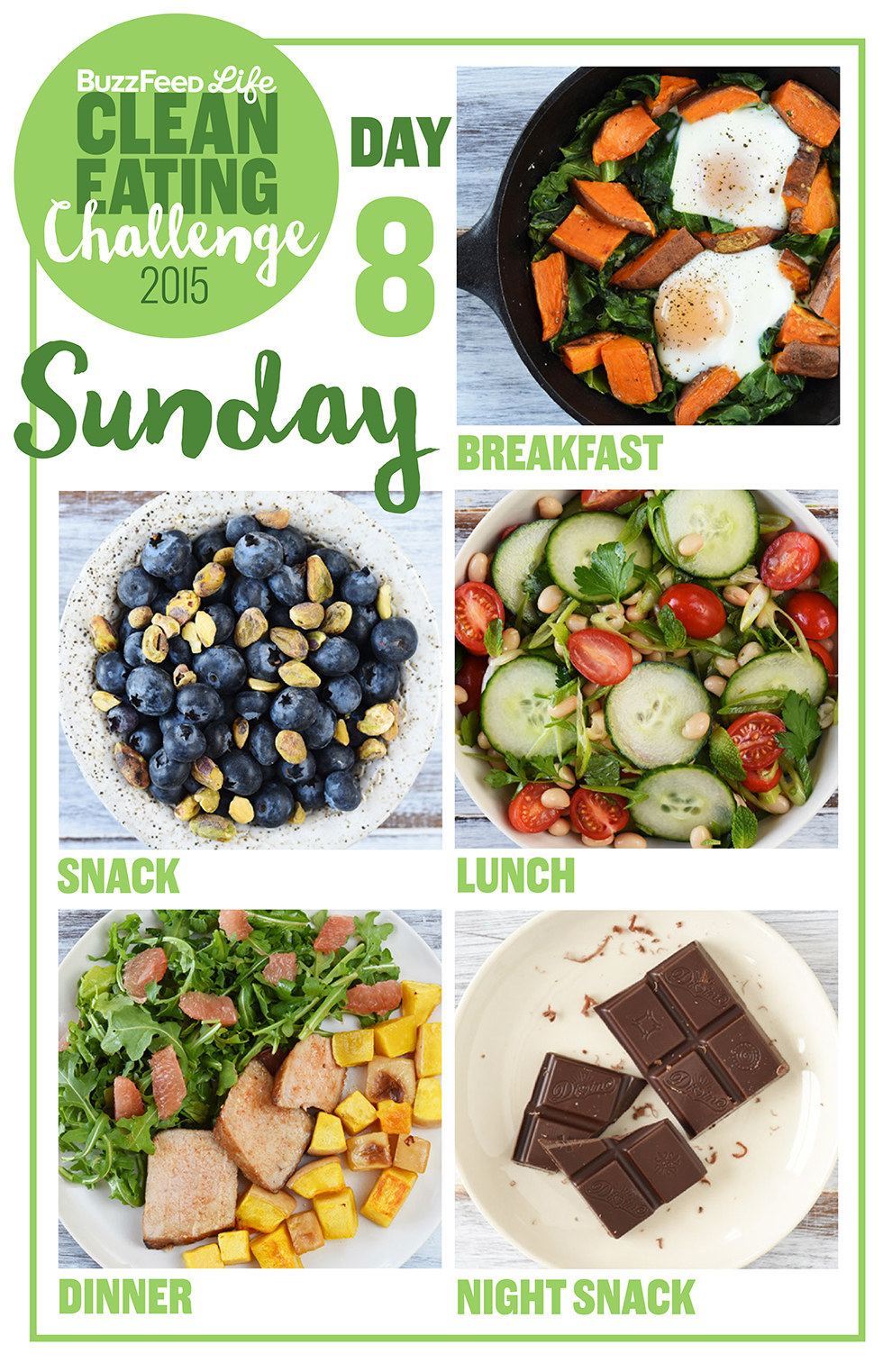
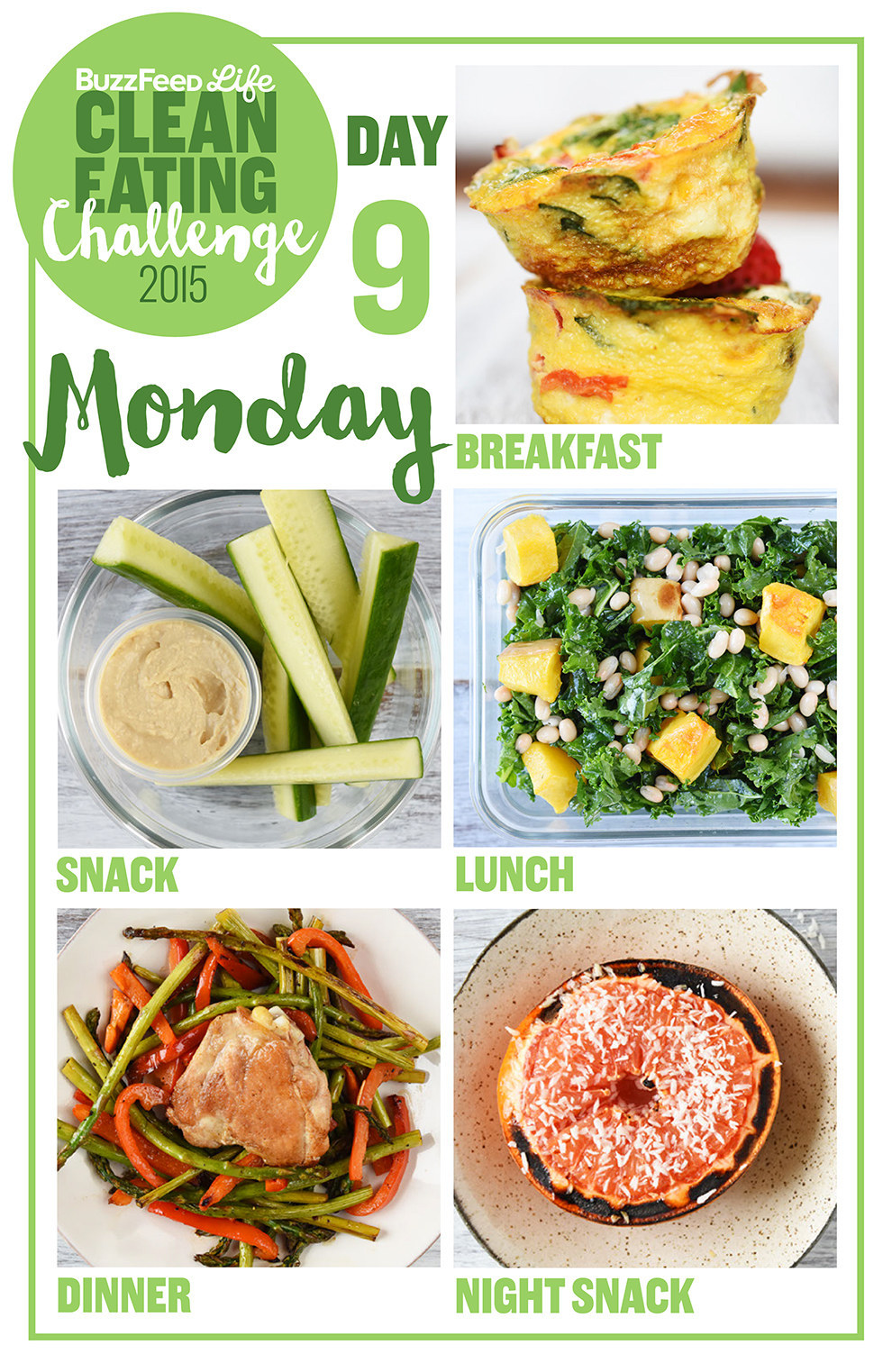
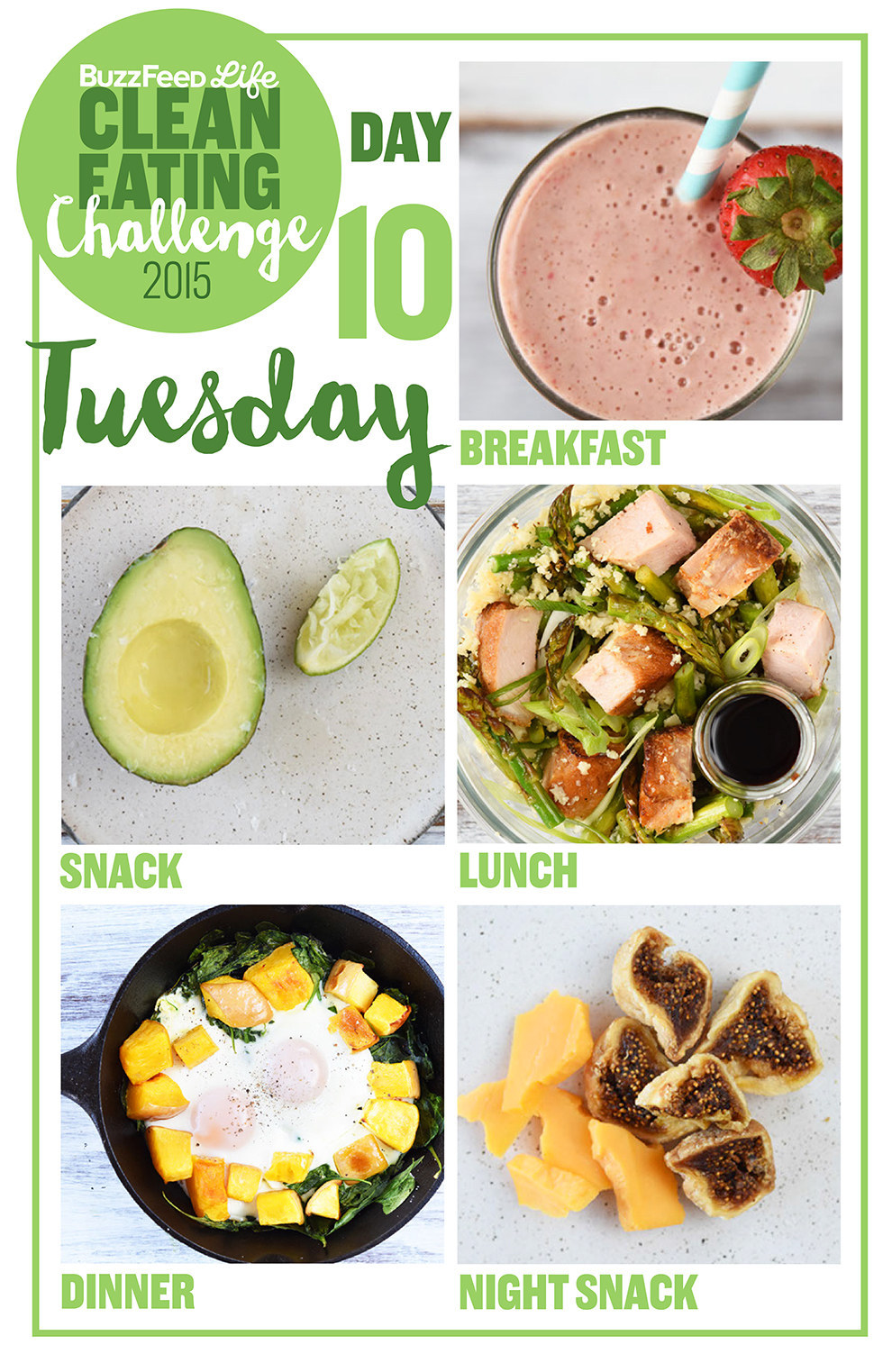
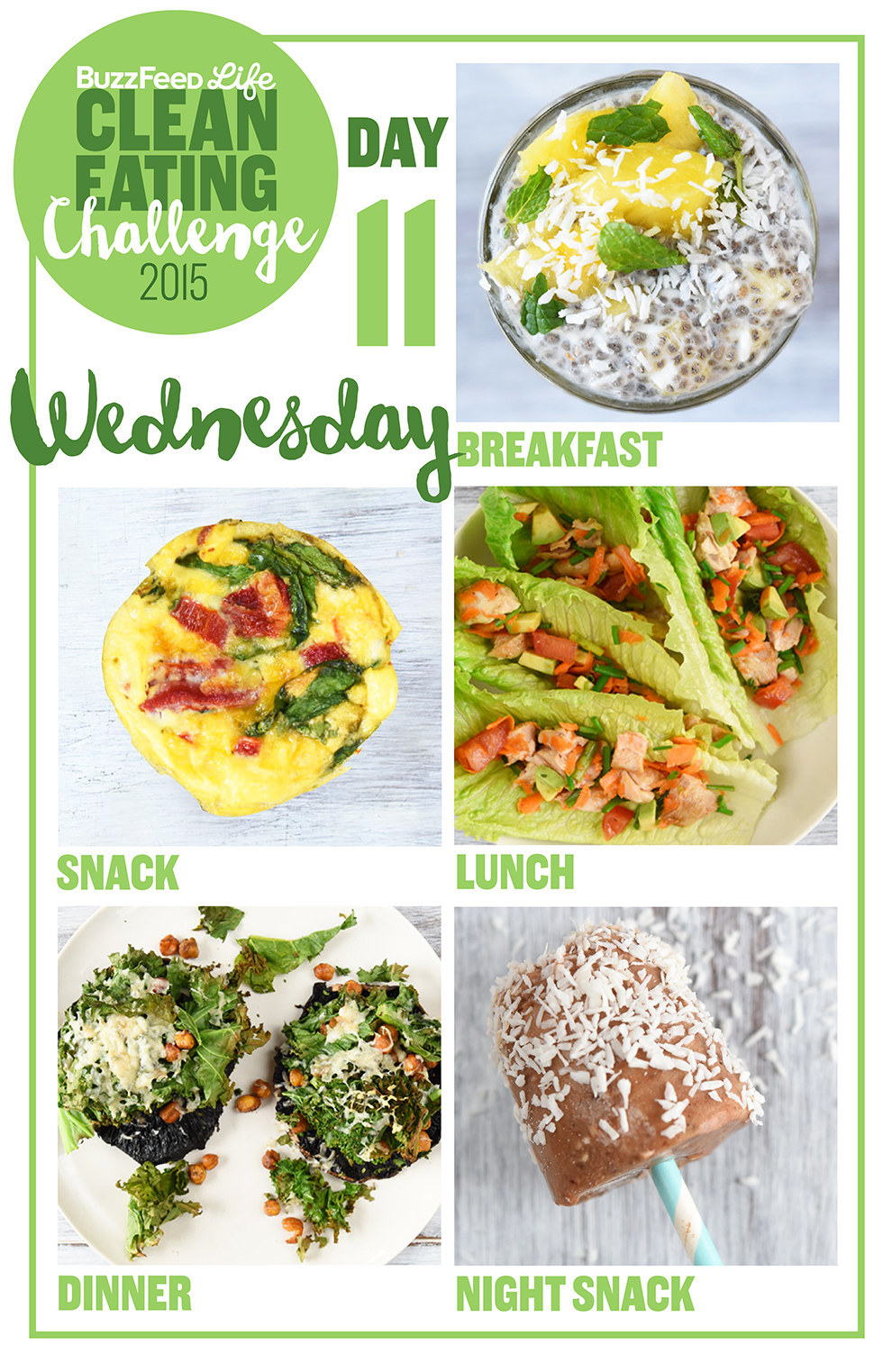
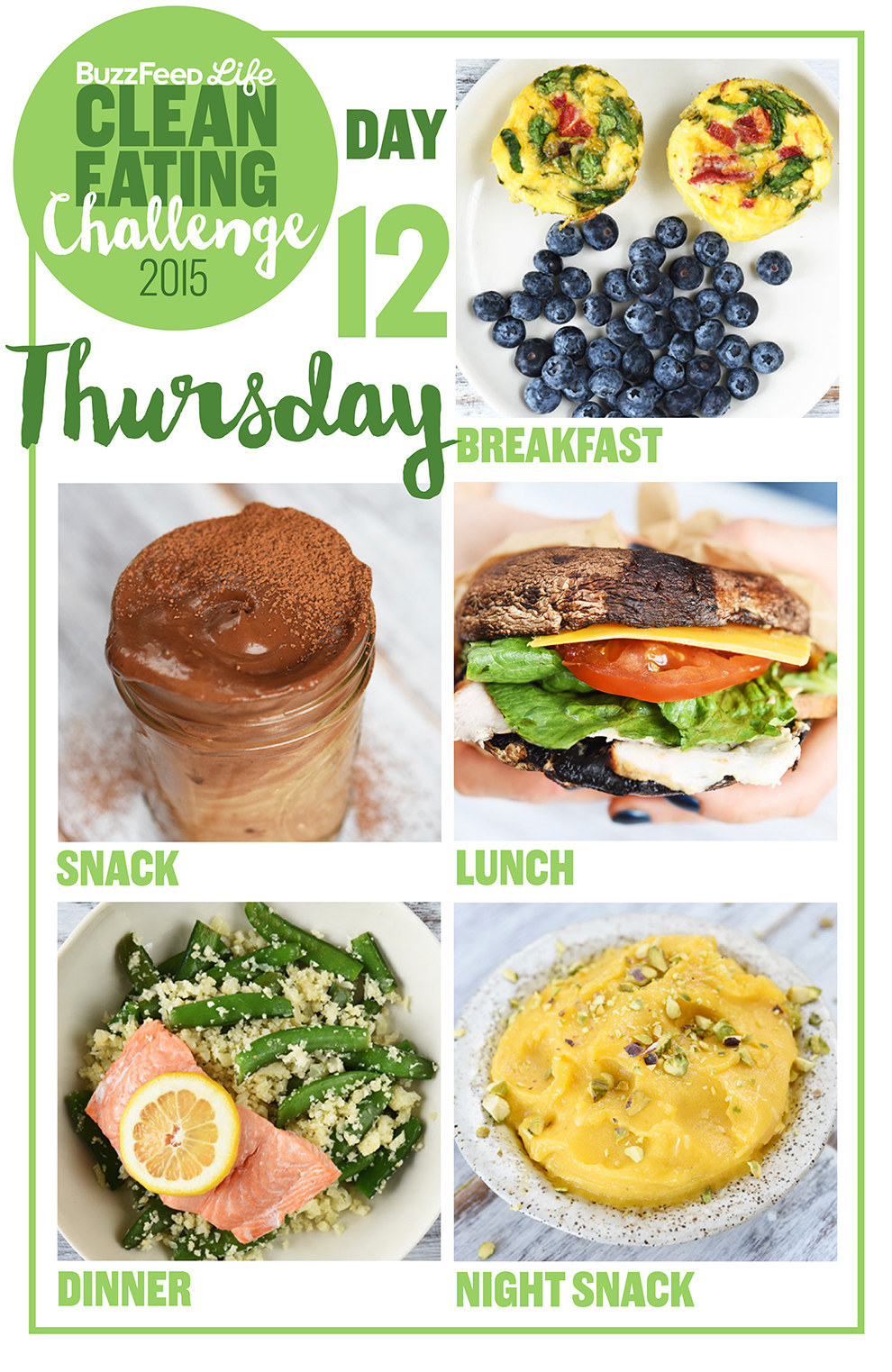

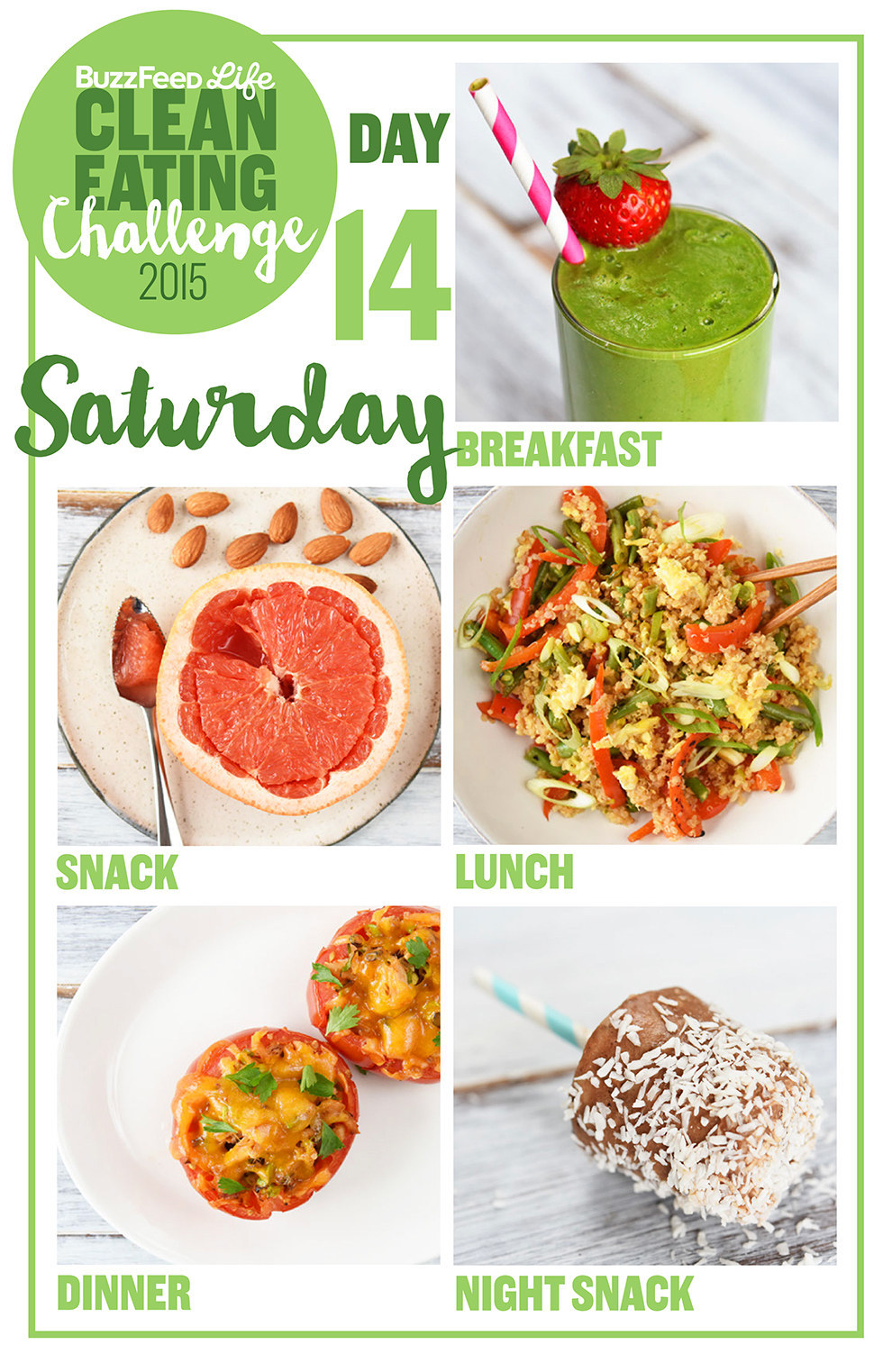

Step 1: Pick a date you can start the challenge.
Remember, you can start the challenge on any Saturday (technically Saturday is just a shopping/prep day and you'll start the eating on Sunday). But then you have to commit to cooking every meal for two weeks. You'll find some "Cheater's Dining Out Guidelines" below, but remember, they are for cheaters and cheaters are bad.
Step 2: Make sure you have all the cooking equipment you will need.

...and a bunch of airtight food storage containers:
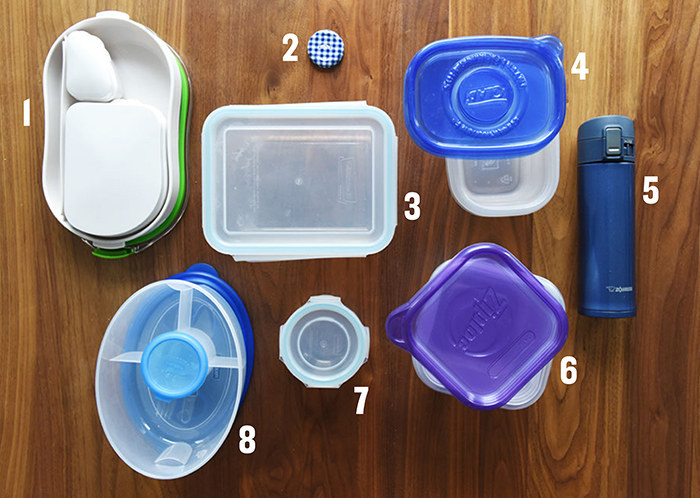
Step 3: Print or save these images to your phone. They are calendars (one for each week) that you can use as a daily checklist:
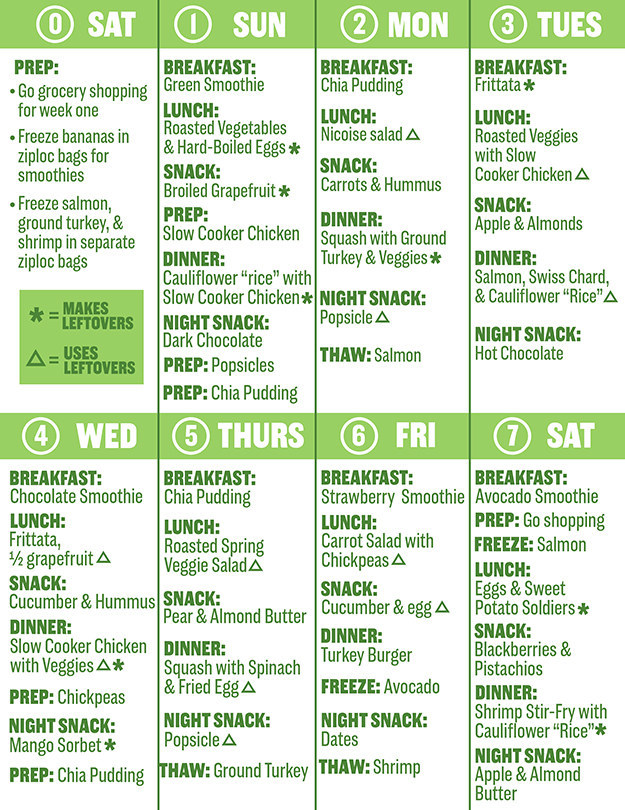

Step 4: The Saturday you plan to start, go grocery shopping using the grocery list for Week One.
When you’re back from the store freeze some of your proteins as follows:
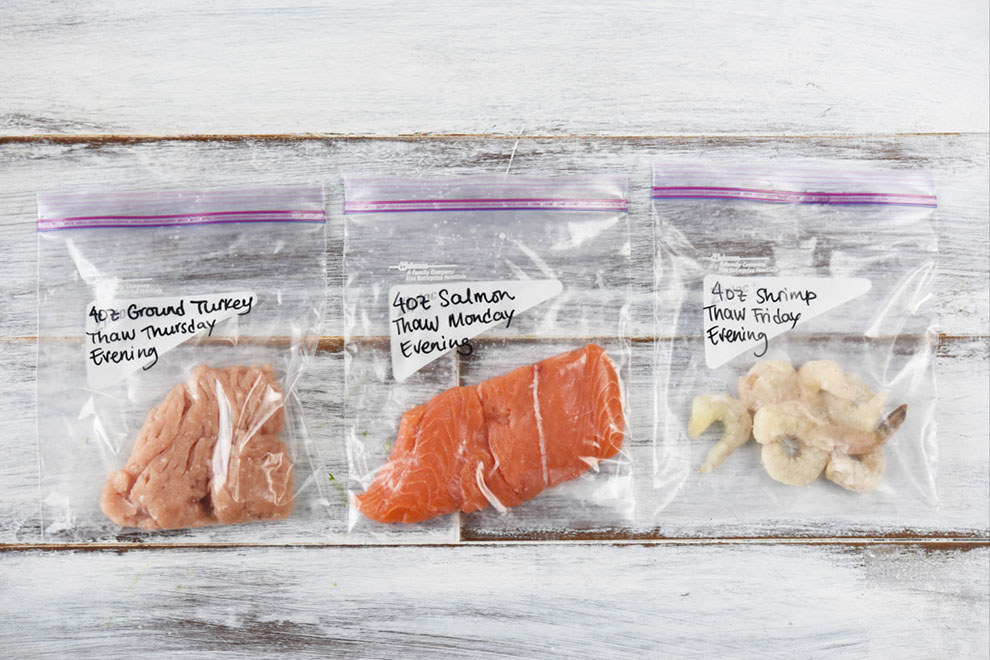
And freeze some ingredients for smoothies:
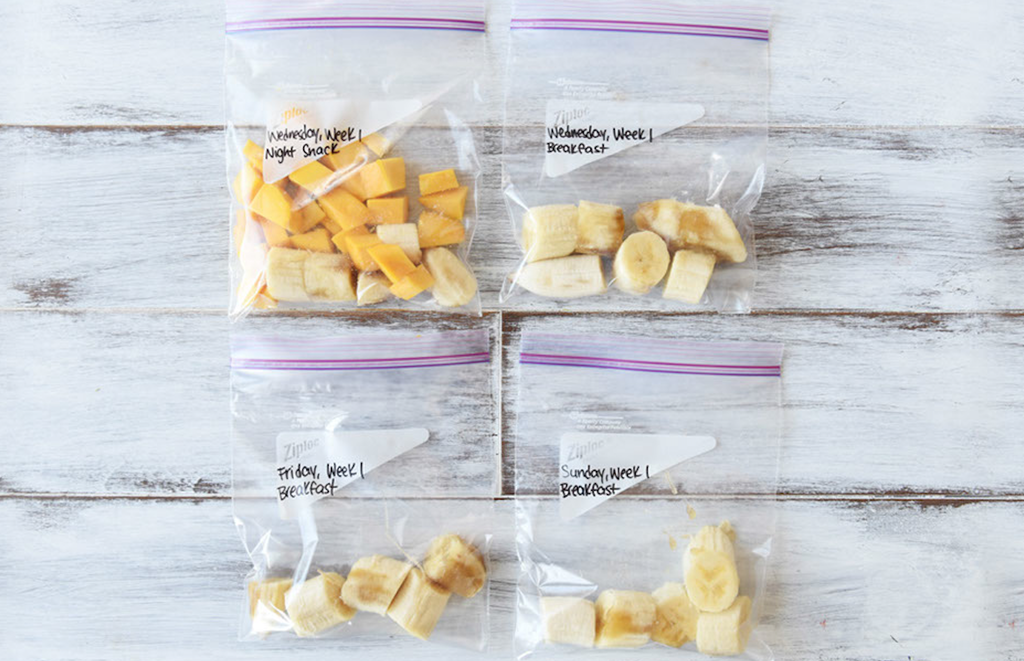
Not sure exactly how to store all those groceries to keep them fresh? Here is an infographic that will tell you everything you need to know.
Show us how it goes! Post your photos to Instagram and Twitter and tag them #BuzzFeedCleanEating.
BuzzFeed Food editors tested the entire Clean Eating Challenge and can vouch for the validity and deliciousness of every recipe. If you have questions about the challenge or cooking any of the dishes, you can email food editor Christine Byrne.
CHEATER’S DINING-OUT GUIDELINES:
First of all, don't eat out. But if you HAVE to, only eat out once, and keep it clean.
Stick with lean proteins. White fish such as branzino and sea bass is your best bet, and it's available at most sit-down restaurants. Chicken or lean ground turkey are also good choices. Also, choose grilled, roasted, or steamed protein instead of sautéed or fried.
Ask for double the vegetables instead of a starch. Instead of the french fries, rice, or potatoes that might come with your protein, ask for a double order of vegetables (again, choose grilled, roasted, or steamed over sautéed or fried veggies), or a salad with oil and vinegar.
If you're at an Asian restaurant, ask for wok-tossed or steamed vegetables and chicken satay, with no sauce. At a Mexican restaurant, chicken or fish fajitas with no tortillas, cheese, or sour cream are a good option. At a more casual restaurant, get a green salad — make sure there are no croutons or cheese, and that the only dressing you use is oil and vinegar — with grilled chicken.
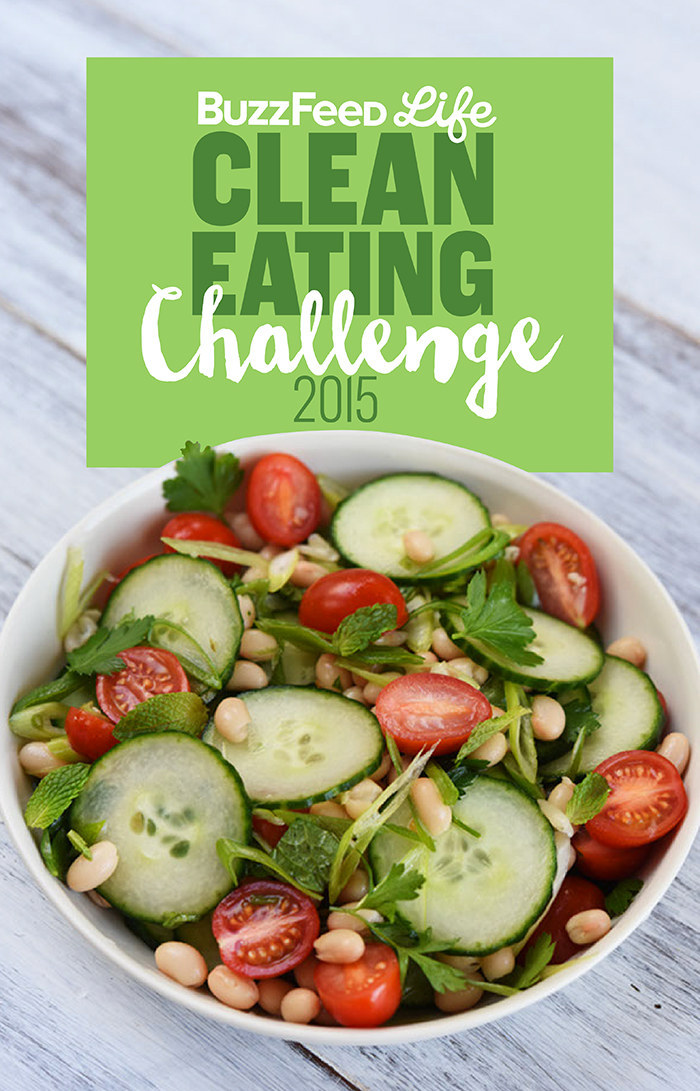
Recipes and food styling by Christine Byrne; photographs by Lauren Zaser; prop styling by John Gara; design by Justine Zwiebel; produced and edited by Emily Fleischaker
Pencil Edge Plate, Pencil Edge Bowl, Honeycombed Rimmed Bowl, and Freckle Bowl courtesy of Marité Acosta.
This post has been updated to provide additional information about buying groceries.
